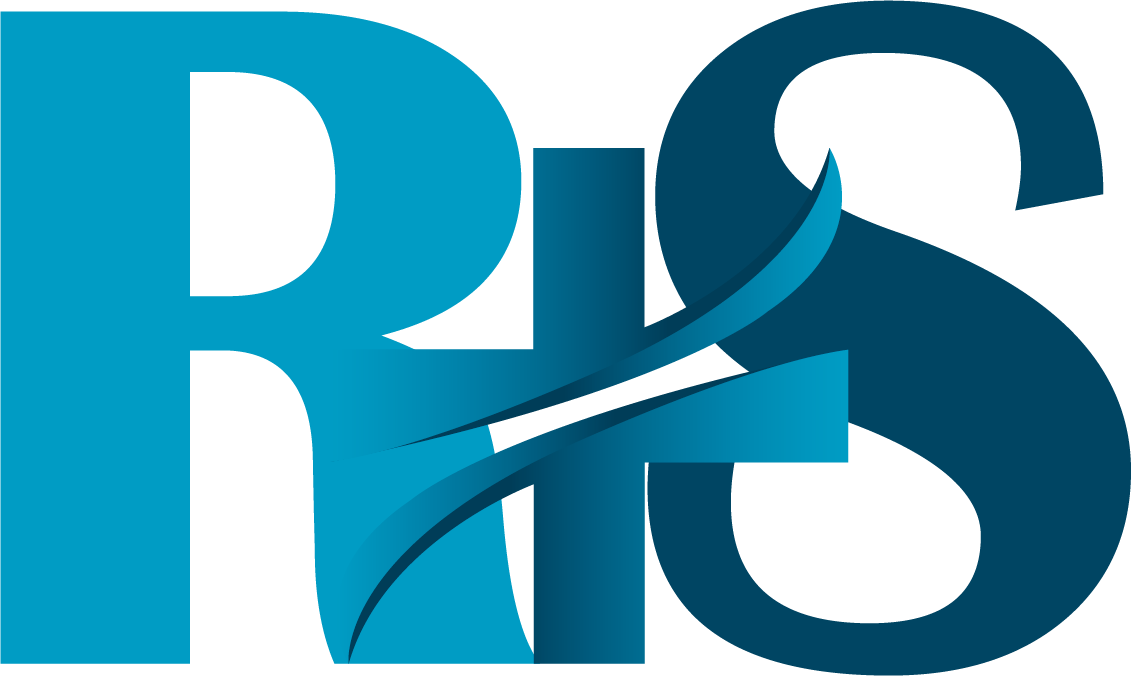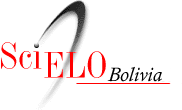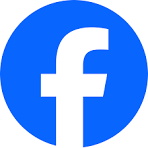Genetic Bottlenecks Effect in America Indigenous Populations
DOI:
https://doi.org/10.52428/20756208.v10i25.539Keywords:
Human Genetics, Amerindian Population, Genetic drift, Founder Effect, Bottleneck, Population geneticsAbstract
America was the last continent being populated by humans. These native populations suffered severe genetic bottlenecks in which the number of individuals decreased in a notorious way, possibly caused by the limited resources, diseases, and, in some cases, because of the effect of migrations to large distances. The result was the Iow genetic diversity in the Native American population and a great differentiation from the remaining native populations all over the world. Other key period in the history of Native American populations was the Europeans arrival, which had a deep impact into the genetic pool of Americans to originate population's bottlenecks caused by: epidemics, slavery, wars and famines. In the analysis of Y chromosome is very common to find the Q haplogroup with frequencies of 100% in Mesoamerica and South America; meanwhile around 97% of Native Americans have the distinct mitochondrial DNA haplogroups A, B, C or D, all of Asia origin. The main genetic characteristic which makes diferent the Native Americans from the rest of human groups all over the world is the predominance of O blood group.
Downloads
References
1 CABRERO J, CAMACHO JP. Fundamentos de Genética de Poblaciones. En: SOLER M. La base de la Biología, Granada: Proyecto Sur de Ediciones, S.L; 2003. p. 83-126.
2. KLUG WS, CUMMINGS M, SPENCER C. Conceptos de Genética. Madrid: Pearson. 8va ed. 2006.
3. STANLEY HA. Late Pleistocene human population bottlenecks, volcanic winter, and differentiation of modern humans. Journal Human Evol. 1998; 35:115-118.
4. HEY J. On the number of New World founders: A population genetic portrait of the peopling of the Americas. PLoS Biol.2005; 3:e193. https://doi.org/10.1371/journal.pbio.0030193
5. TAMURA K, NEI M. Estimation of the number of nucleotide substitutions in the control region of mitochondrial DNAin humans and chimpanzees. Mol Biol Evol. 1993; 10:512-526.
6. DIXON EJ. Human colonization of the Americas: Timing, technology and process. Qua! Sci Rev.2001; 20:2TT-299. https://doi.org/10.1016/S0277-3791(00)00116-5
7. RAY N . A statistical evaluation of models for the initial settlement of the American continent emphasizes the importance of gene flow with Asia. Mol Biol Evol.2010; 27:337-345. https://doi.org/10.1093/molbev/msp238
8. SCHURR T. The Peopling of the New World: Perspectives from Molecular Anthropology. Annu Rev Anthropol 2004. 33: 551-583. https://doi.org/10.1146/annurev.anthro.33.070203.143932
9. BATTILANA J, FAGUNDES NJR, HELLER AH, GOLDANI A, FREITAS LB. Alu insertion polymorphisms in Native Americans and related Asían populations. Annals Human Biol. 2006; 33(2): 142-160. https://doi.org/10.1080/03014460500487347
10. BATZER MA, DEININGER PL. Alu repeats and human genomic diversity. Nature Rev Genetics. 2002; 3,370-379. https://doi.org/10.1038/nrg798
11. SERILL J. Native American origins arose from multiple Bering Sea migrations. [Internet]. 2012 [citado 16 Mayo 2015]. Disponible en http://www.labgrab.com/users{jeffrey-serrill/blog/native-american-originsarose-multiple-bering-sea-migrations_id%3D 1339
12. FAGUNDES NJ, KANITZ R, BONATTO SL. A reevaluation of the native American mtDNA genome diversity and its b earing on the models of early colonization of Beringia. PLoS ONE.2008; 3:e3157. https://doi.org/10.1371/journal.pone.0003157
13. REICH D, PATTERSON N, CAMPBELL D, TANDON A, MAZIERES S, RAY N, et al. Reconstructing Native American population history. Nature. 2012; 488:370-374. https://doi.org/10.1038/nature11258
14. COCK SF, SORA WW. Essays in Population History: Mexico and the Caribbean, Vol. 111. Berkeley: University of California Press. 1979.
15. DEL POPOLO F, OYARCELAM. Población indígena de América Latina: perfil sociodemográfico en el marco de la CIPO y de las Metas del Milenio. CELADE-División de Población, CEPAL. [Internet]. 2005; [citado 16 Mayo 2015]. Disponible en: http://www.cepal.org/celade/noticias/paginasn/21237/delpopolo.pdf
16. UNICEF. Atlas sociolingüíslico de los pueblos Indígenas de América Latina. [Internet]. 2009 [citado 16 Mayo 2015]. Disponible en: http://www.proeibandes.org/atlas/tomo_1.pdf
17. Atlas poblacional de culturas amerindias. Instituto de Geofísica de la UNAM. [Internet]. 1999. [cita-do 16 Mayo 2015]. Disponible en: http://naolinco.igeofcu.unam.mx/atlas/pobl_cultur/ame_hoy.htm
18. FEHREN S. Diachronic investigations of mitochondrial and Y-chromosomal genetic markers in preColumbian Andean highlanders from South Peru. Ann Hum Genet.2011; 75:266-283.
19. CAREY M, PAIGEN B. Epidemiology of the American tndian's burden and it likely genetic origin. Am. J. Phys. Anthropol.2002; 36: 781-791. https://doi.org/10.1053/jhep.2002.36545
20. GIBBSONS D. Peopling of the Americas as infered through analysis of mtDNA. Genetics. 1993; 54:661- 668.
21. WATERS MR, STAFFORD TW. Redefining the Age of Clovis: lmplications for the peopling of the Americas. Science. 2007; 315 (15): 1122-1126. https://doi.org/10.1126/science.1137166
22. FAGUNDES NJ. Mitochondrial population genomics supports a single pre-Clovis origin with a coastal route far the peopling of the Americas. Am J Hum Genet. 2008; 82:583-592. https://doi.org/10.1016/j.ajhg.2007.11.013
23. DOBYNS H. Their number becomes thinned: Native American population dynamics in Eastern North America. Knoxville: University of Tennessee Press, 1983.
24. LIVI-BACCI M. The depopulation of Hispanic America after the conques!. Popul Dev Rev. 2006; 32:199-232. https://doi.org/10.1111/j.1728-4457.2006.00116.x
25. TATSUO A, MORENO O, VENTOSA-SANTAULARIA D. Decrecimiento de la población indígena durante la colonización española. ¿Enfermedad o explotación? lnv Econ. 2010; 69(272): 122-129.
26. SEMPAT AC. La despoblación indígena en Perú y Nueva España durante el siglo XVI y la formación de la economía colonial. Hist Mexicana, 1989; 38(3):419-453.
27. DEL CAMPILLO C. Las grandes epidemias en la América colonial. Arch Zootec. 2001; 50: 597-612.
28. MCNEIL WH. Plagues and People. New York: Anchor books Editions, 1998.
29. BARRY l. The Sirionos of eastern Bolivia: A reexamination. Hum Ecology. 1977; 5(2): 137-154. https://doi.org/10.1007/BF00889540
30. Encuentro Continental de los Pueblos Indios. [Internet]. 1990 [citado 16 Mayo 2015]. Disponible en: https//www.bibliojuridica.org/libros/2/667/11.pdf

Downloads
Published
How to Cite
Issue
Section
License
Copyright (c) 2015 Noel Taboada Lugo y Roberto Lardoeyt Ferrer

This work is licensed under a Creative Commons Attribution 4.0 International License.
Authors who publish with this journal agree to the following terms:
- Authors retain copyright and grant the journal right of first publication with the work simultaneously licensed under a Creative Commons Attribution License 4.0 that allows others to share the work with an acknowledgement of the work's authorship and initial publication in this journal.
- Authors are able to enter into separate, additional contractual arrangements for the non-exclusive distribution of the journal's published version of the work (e.g., post it to an institutional repository or publish it in a book), with an acknowledgement of its initial publication in this journal.
- Authors are permitted and encouraged to post their work online (e.g., in institutional repositories or on their website) prior to and during the submission process, as it can lead to productive exchanges, as well as earlier and greater citation of published work.






















